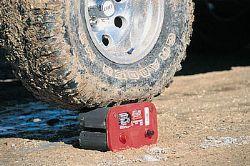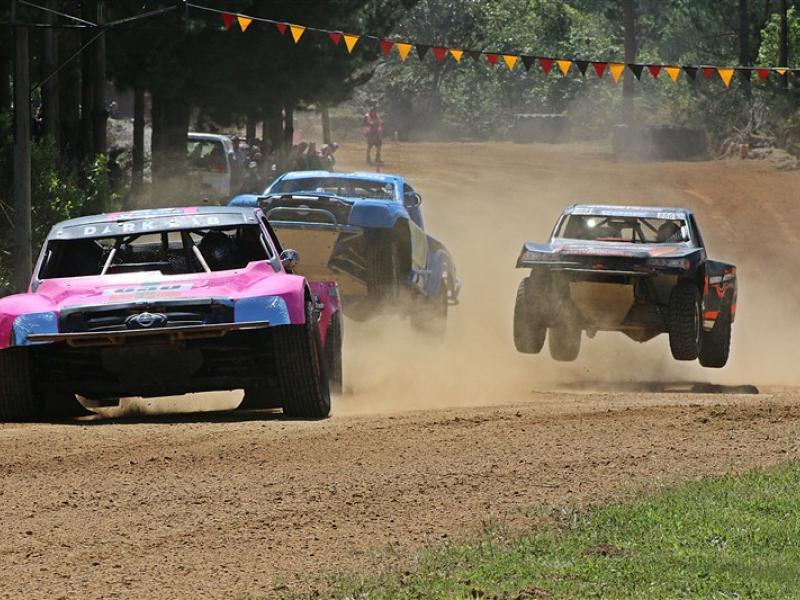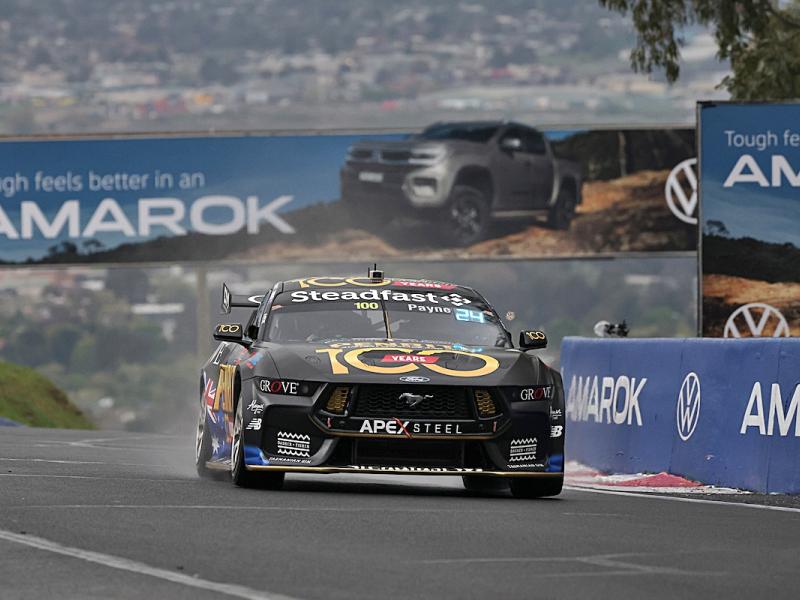Truck onboard electronics are becoming progressively more advanced, and so are the available starter batteries. However, truck drivers often have batteries of choice - and the majority of Kenworth drivers prefer Optima, says Southpac National Training Manager, Jon Mitchell. Southpac is New Zealand’s biggest distributor of and service provider for DAF and Kenworth trucks. The company’s nationwide reach relies on the ALLRig dealer and service network. Mitchell says DAFs use custom designed DAF batteries, but using Optima in Kenworths is the result of driver demand. “Modern battery power requirements are huge – today’s trucks have a lot of electrical devices that must be supplied with power. In addition, the Kenworth is a hardy vehicle well suited to rugged working conditions – for example, many work in the off-road forestry section. Drivers want a battery that can keep up, that’s extra compact, grunty, and vibration resistant. “Sophisticated electronics require a source of reliable power, and poor battery condition can cause expensive electronic component failure. It’s therefore important that automotive workshop personnel understand even the new generation sealed, maintenance free batteries have very specific recharge requirements if they become deeply discharged,” Mitchell says. Southpac recommends fitting Optima D34/78 or D31A Yellow Top 12V heavy-duty batteries to its Kenworths, depending on the size of the vehicle and total electrical loads. Matt McKinnon, Marketing Coordinator of Century Yuasa, Southpac’s supplier, says the Optima battery significantly outperforms and outlasts conventional flat-plate batteries: “Due to its Spiralcell® technology it delivers greater cranking output than any conventional batteries of the same size, resulting in less capacity reduction under high current loads. “Its design also minimises the main cause of battery failure, plate shedding and positive grid corrosion.” McKinnon explains how the Optima works. The Optima design uses high-purity lead-calcium plates wound with a glass mat that absorbs electrolyte like a sponge. These plates are tightly compressed into six spiral-wound cells. Fiberglass matting material individually separates the rolled electrodes, resulting in extremely low internal resistance. He says each of the six spiral cells is enclosed in its own cylindrical silo in the plastic battery case, forming a sealed, closed system. The battery consequently has up to 15 times more vibration resistance than conventional wet batteries. In particular, acid cannot slosh around inside the battery cells and cannot leak through vent valves or a broken battery case, as is potentially the case in flat plate wet batteries. Says McKinnon: “The upshot is Optima provides consistent higher performance under extreme temperatures. The Spiralcell® design provides a greater surface area for the lead alloy electrodes compared with conventional designs. The low internal resistance results in significantly increased cranking power, up to three times longer shelf life, and reduced charge time. “The battery can be mounted in any position…and the sealed, absorbed electrolyte design means that Optima batteries won’t spill, leak, or emit gases under normal operation.” Mitchell says as National Training Manager for Southpac he advises workshop personnel to focus in particular on two maintenance issues - charging batteries correctly and keeping the battery lid clean. He says truck drivers get their fair share of flat batteries. A flat battery can be jump-started to get the truck on the road, but the alternator can subsequently only surface charge the battery. This surface charge is not enough to power other electronics, such as nightlights, which could be dangerous and costly for truck drivers. “Workshop personnel must advise drivers as such, and when the vehicle comes in, fully recharge it by controlled trickle charge. Drivers should also know that constantly discharging and recharging is bound to shorten battery life,” he says. He emphasises that even sealed units are sensitive to dirt: “A film of dirt on the battery top can cause the battery to discharge or can result in a short circuit.” Mitchell recommends that the battery top be steam cleaned with every service, or at three months’ intervals.
Truck Batteries even the Grunty ones need care
Truck Batteries even the Grunty ones need care
Motorsport
Wednesday, 14 May 2008






